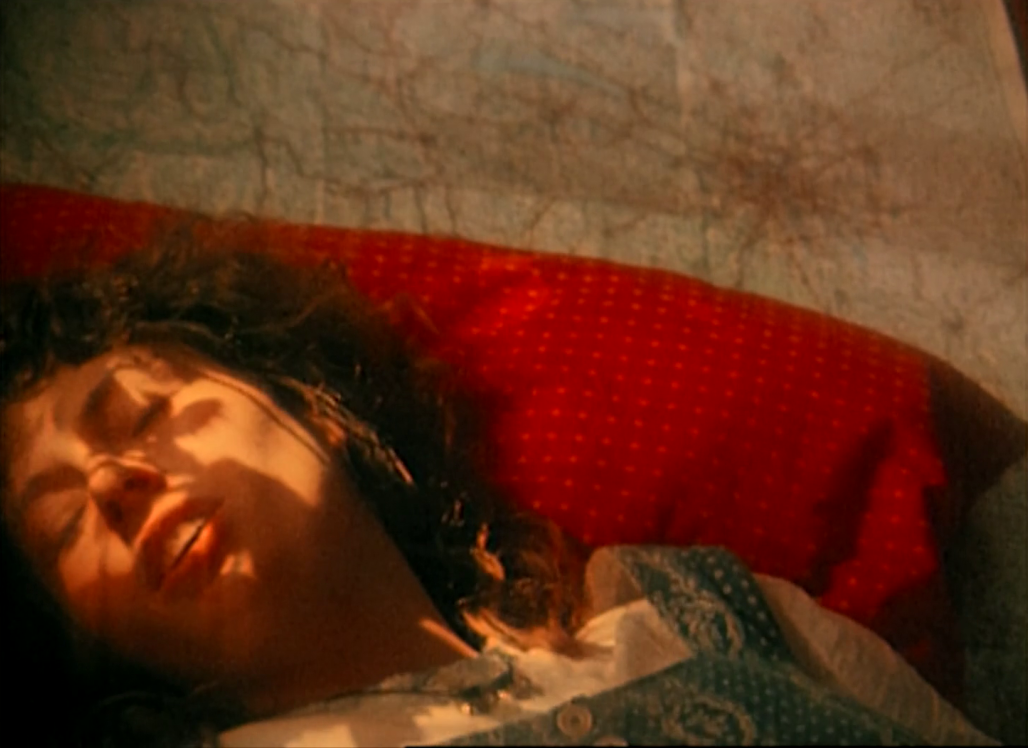Not long before work on this issue began, I had been looking again at a few films by a great independent, Kidlat Tahimik. One of the many exciting things about Tahimik’s cinema is its remoteness from the notion of work as typically defined, structured and valued. He not only practises his art outside of the mainstream industry, but spurns hierarchy in many different ways, big, small and all significant. For one, unlike the majority of filmmakers in narrative cinema and documentary especially, he makes no qualitative distinction between making shorts and features. He makes films not in accordance with profit-minded, crammed production schedules but at a different pace. The most startling example being BalikBayan #1: Memories of Overdevelopment, a film which he has been making for over thirty years and likely will never be fully finished. It’s a living, evolving entity, not a vacuum-sealed product.
Thinking about all of these methods and stances, also the serious yet imaginative nature and intimate yet universal scope of his films, it seems like for Tahimik making a film is more akin to an act of play, love, friendship, curiosity and meditation, than it is to a job of work. It makes one wonder, what if more films were made in such a way, engaged critically with the all-consuming profit motive but fundamentally disentangled from its demands. Capitalism’s drive for endless productivity and ergo profit drives and sculpts the systems of production which underpin both corporate and bourgeois cinemas worldwide. As they do the industries, states and companies which have and are currently destroying the natural world, draining the South in order to glut the North, and impoverishing and disenfranchising the many in order to keep the few wealthy and in power. One can respond to this state of affairs with the question, does a more idle cinema equal a free cinema?
The writers who took part in this issue offered up a range of answers. Maximilien Luc Proctor guides us through the 2023 edition of Berlinale and on a path of careful rumination, contemplating the broken, top-down nature of the festival system, new explorations from those artists which manage to persist, against the odds, in the margins, and his own changing relationship to cinema. Michaël Van Remoortere brings both a diaristic approach and an analytical eye to Chantal Akerman as pillow queen; her dramaturgy of laziness and those pointed formal decisions and the political mind that underpin it. Kanika Katyal analyses four tales from Buddhadeb Dasgupta’s anthology Trayodashi or Quartet 1 (2012), taking us through how they subvert the conforming rush of modern life and conventional narrative cinema, through their unusual rhythms and their feminist and class-conscious perspectives.
Ben Flanagan wrote a scrupulously researched overview of the doyens of the Stoner Comedy, Cheech & Chong, sifting through the genre’s aesthetic and the dissonances between the easy pace of life of a stoner and its voracious commodification. Dina Pokrajac weaves together Two-Lane Blacktop (1971) and Sans toit ni loi (1985) to reveal how their drifter characters recreate the structure of the society they seek to reject, while probing at the depths of where to find true freedom in idleness. And Yoana Pavlova accounts for a bygone internet’s casualization, across class and national boundaries, of images and net art, using a multi-modal prism and chopped and screwed missives from the evolving cinema of Tsai Ming-liang.
Each in their own way, the pieces in this issue pose both alternatives and productive points of critique from which writer and reader alike can wonder and theorise.
